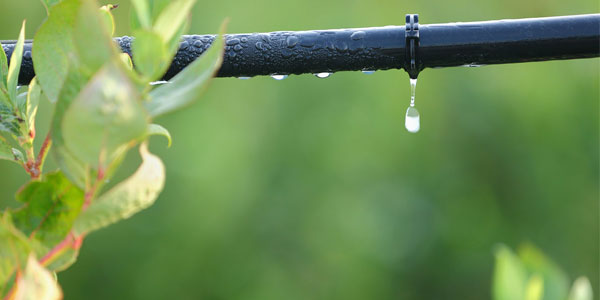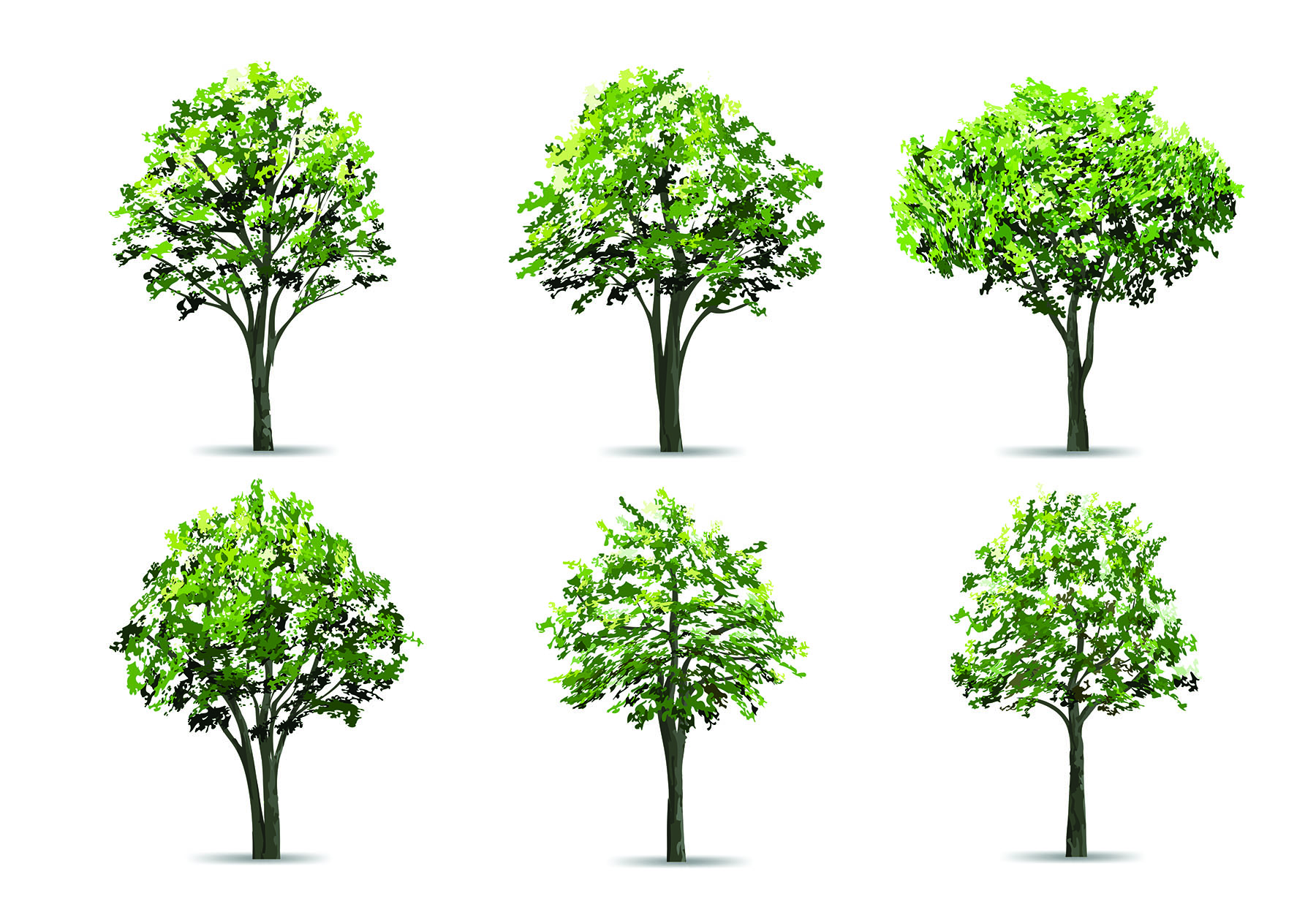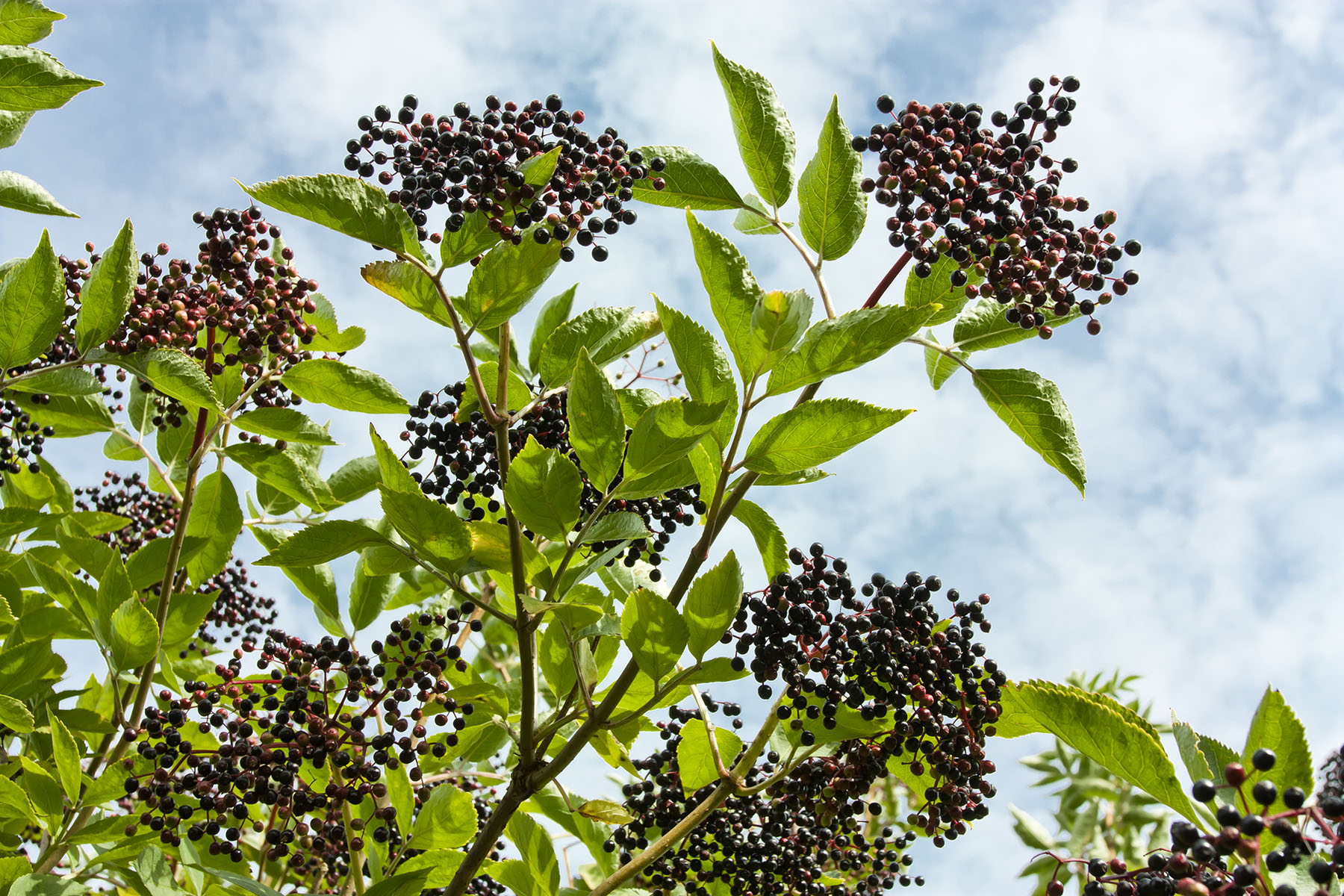- Shop
- Apparel
- Berries
- Books
- Bundles
- Citrus
- Fertilizer & Pest Control
- Fruiting Ground Covers
- Fruiting Shrubs
- Fruiting Trees
- Herbs, Spices, and Teas
- Mason Bees
- Nitrogen Fixers and Companion Plants
- Northwest Natives
- Nut Trees
- Ornamentals & More
- Perennial Vegetables
- Rootstock
- Subtropical Fruits
- Tools
- Vines
- Xeriscape
- Sale Items
- Information
- Nursery News
- Contact Us
- My Account

Summer Watering Guide

Water is life
The most important thing for plants and all life is water. Every drop counts! A seed must absorb water before germinating. Roots can uptake nutrients only when water is available. This spaceship called planet Earth thankfully has an abundance of the wet stuff.
Let’s jump right in and start talking about the importance of watering newly installed plants during June, July, and August. These are the most important months of the year to water and ensure that your plants get established. It’s life or death out there this time of year, especially for an unestablished plant.
Many parts of the country are hot, hot, hot and getting hotter each year. But like the old saying goes “just add water” and it will grow. We strive to grow an abundance of our own homegrown fruit and veggies so we know that water can make or break your harvest expectations. Here in the PNW, we often go all summer without any appreciable rainfall so its crucial to water correctly during the summer months.
The most important thing you can do for a freshly planted tree, shrub or veggie plant, whether it was planted last fall, spring or even this summer is to provide the correct amount of water during the summer.
All plants, trees and shrubs need different amounts of water depending on where they’re native to and the types of soil and rainfall they are adapted to. Plants from areas with high summer rainfall often need much supplemental water to survive and produce fruit in our climate, while plants from areas with dry summers might actually receive too much water in certain areas of the country that receive summer rainfall. Understanding a plant’s natural history will better inform how much water to give it and when to water it.
Here are some of the factors that affect how much you water and how often you water:
- Type of plant
- Location
- Sun & wind exposure
- Soil type
- Slope
- Time of day
Trees, shrubs, vines, small ground covers- size, growth habit and type matters.
Newly planted trees benefit from less frequent, long, slow soakings. The big mistake people make is to casually hit the new planting with the hose every day for a few minutes thinking it’s wet enough. The better option would be to set the hose down at the root zone with it running very slowly and walk away. Take a walk around the yard, start dinner or maybe kick back in your chair with a tasty beverage. Let the hose run at a slow trickle for a couple of hours. This slow drip will penetrate deep into the soil encouraging a tap root to follow.
Drip Irrigation
As you can imagine, doing this for every single plant in a landscape would be a full time job which is why we often recommend drip irrigation systems to our customers, especially those that live in dry summer climates such as ours. Drip irrigation systems are incredibly easy to set up. All the materials you need can be found at your local hardware store and no prior experience with plumbing or irrigation is necessary to set up a simple drip irrigation system.
The two types of drip irrigation most commonly seen are simple soaker hoses that have emitters built into them usually about a foot apart and drip out a certain amount of gallons per hour all along the strip. This is a great option if you want to keep an entire area of soil moist or a long densely planted strip of plants that all require the same or very similar water needs. The soaker hose is by far the simplest drip irrigation system to install. All you need to do is roll it out and hook your garden hose up to it, set the timer and you’re done.
For areas that are less densely planted or require different amounts of water for different plant types within an irrigation zone a drip system with specific emitters running to each plant is a great option. This keeps the areas where nothing is planted dry so less weeds are able to grow and you can control exactly how many gallons per hour go to each plant. This is especially useful when planting species from many different climate types and also for integrating new plantings that require more water early on into a system with already established plants. All you need is a length of polytube, a pressure reducing garden hose adapter and a few different sizes of emitters and soon enough you’ll be a drip irrigation expert! Sitting back and watching your little irrigation system deliver deep waterings to each plant in your garden is a severe delight indeed!


Some plants are extremely vigorous growers that require more water and fertilizer. You know the types of plants I am talking about- Kiwis, Peaches and Cherry trees love to get watered and did you know summertime watering will determine next year’s crop size! Yes indeed, next year’s flower buds are forming during the early and mid summer months.
Next it’s location, location, location.
It’s all about the location! Whether it’s the south side of a wall with full sun exposure or the north side of a building many different microclimates exist, especially in the urban and suburban environment that will have a great impact on the water needs of your plant. New plantings in full sun versus a shady cool spot make all the difference in watering time and volume requirements.
Sun and wind exposure are a big deal too.
You know how thirsty you get after being outside on a hot, windy day. Likewise, a cloudy windless day seems to pass without much concern for hydration. Just like us, plants need more or less water based on the conditions. Wind can actually be a very powerful drying force. Not only does wind dry out the soil it also sucks moisture from the leaves.
What type of soil do you have?
Soil types are important to understand for determining the frequency, amount and speed of water flow. For gravelly, sandy or sandy loam types of soils, you have to water more frequently. The individual grains of soil are so much larger than in a clay soils so the water drains much more quickly from them. Check every 10 days by digging down about 8 inches next to the root ball. The soil should still be moist not dry when watering again. Clay tends to hold more moisture as well as nutrients so plan accordingly. Some sites can go 2 weeks or more before another deep watering. It’s important to monitor and stay consistent especially for 1st and even 2nd-year plantings in order to establish a resilient root system.
The underground zone.
As we all know water flows downhill, so it’s basic knowledge on placing your water flow uphill of the tree or shrub. But did you know that groundwater dispersal under the soil is based on a myriad of factors?
Yes, the spread of water underground is determined by capillary action and the composition and texture of the soil particles. After that it gets really scientific so if you want to nerd out on the water as we do then read more in-depth here about Efficient and Responsible Water Use. If not just remember to dig down and check you have watered enough if you are unsure.
Researchers in Australia discovered that Plants “listen” to find the source of water. We just wanted to throw that in there because it’s so cool!!
Don’t forget timing
Time of day when watering is important. The best time is as early in the morning as possible (maybe even with your cuppa joe in one hand and the watering can in the other). Watering in the morning gives plants a big gulp of water just as they are ramping up the photosynthetic factories for the day and beginning to transpire. It also allows the topmost part of the soil to dry out some which cuts back on soil borne fungal issues
It is an option to water in the evening or at night, and certainly more convenient for many folks, but it leaves your soil sometimes excessively wet overnight before the plants begin to really uptake the water the following morning and is still more preferable than watering during the heat of the day.
Of course the last and least desirable option is watering in the middle of the day, which please don’t get us wrong, water in the day if you have to and if your plants need it. We constantly have to water during the heat of the day throughout the summer. It’s especially important for container plants. If you see wilting then it’s often difficult to rehydrate them as the soil goes hydrophobic, so try soaking the container in a bucket until it perks back up. Some plants also despise being watered during hot weather, specifically Mediterranean plants and those adapted to dry summers. Watering them during the heat of the day, or sometimes during the summer at all, can bring about their demise. For plants adapted to these dry summer climates we strongly urge you water as early in the morning as possible.
But in general, listen to your plants and if they’re screaming at you for water give them water!
Key Points to remember.
Let’s remind ourselves of key points that apply to all plants from your trees outside to citrus and houseplants in containers indoors.
- If a plant gets too much water or doesn’t have enough drainage the soil will go anaerobic, which means lack of oxygen and your roots will die.
- If a plant gets too little water and dries out then important nutrients will not flow back and forth between leaves and roots, or if it gets too dry permanent damage to leaf tissue can occur.
- Plants require therefore just the right amount of water. Not too much and not too little.
Types of irrigation.
Irrigation can fill up a lifetime of research and practice all on its own. If you want to read a research-driven article on Irrigation Types from The Backyard Orchardist you can find out more specifics for different types of plants and soils. We use drip irrigation whenever we can on our own in ground plants as it is the most efficient way to water outside of hand watering and saves us incredible amounts of time. But we also utilize overhead sprinklers here at the nursery and of course hand watering will always be a necessity no matter what kind of irrigation system you have. It’s best to have watering options.
In conclusion,
Watering should be fun! After all, you get to use a magic wand that sprays out a life-giving substance. Take the time to observe your beloved plants and enjoy your time in the garden watching flowers unfold, insects fly, and life unfolding. When you water you are creating your own “one green world.” Happy Watering!
